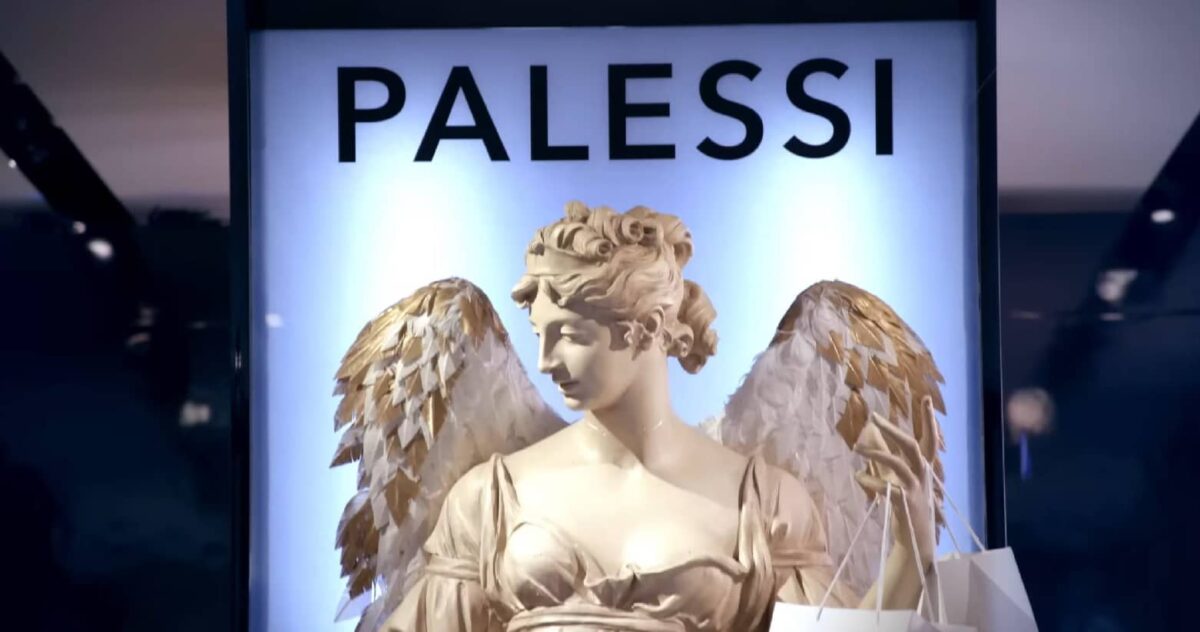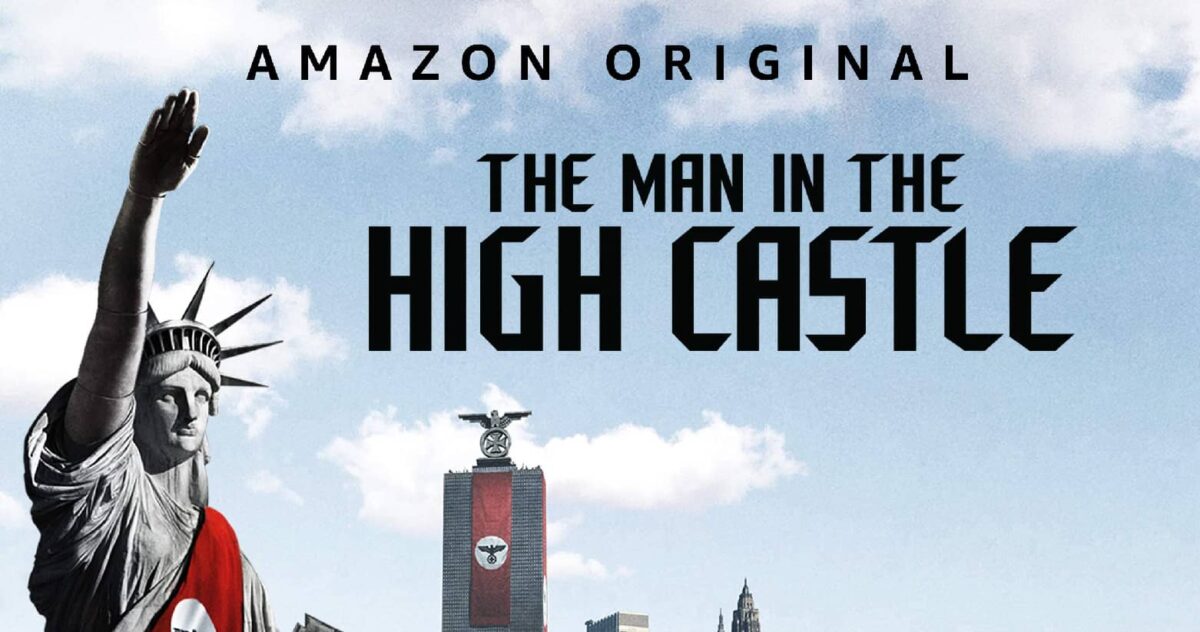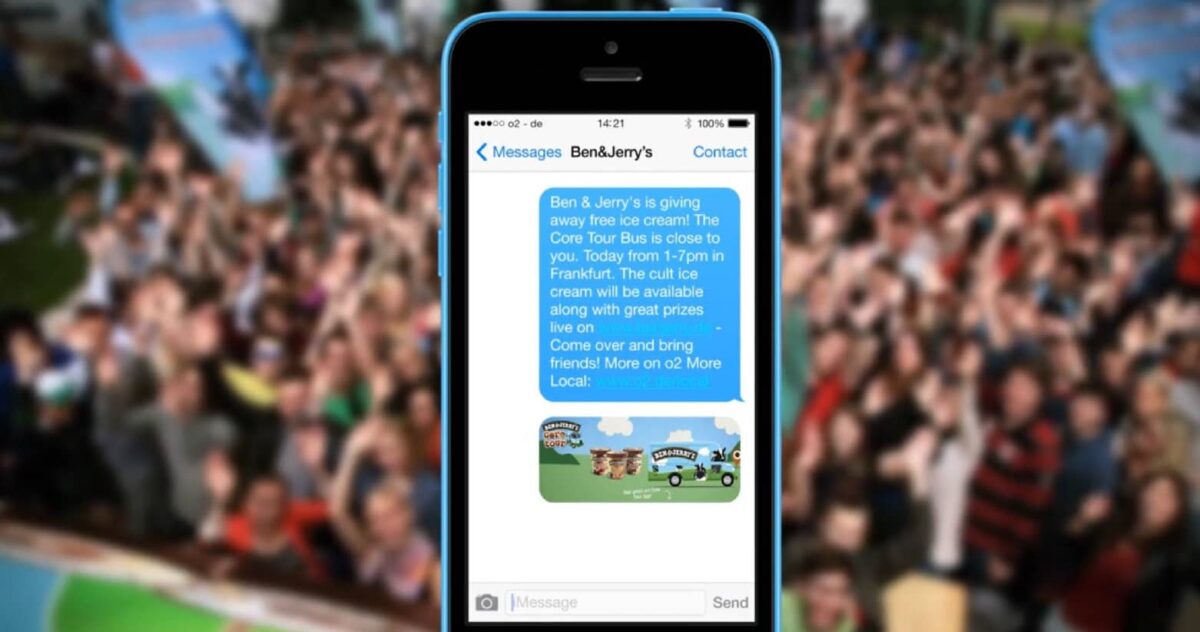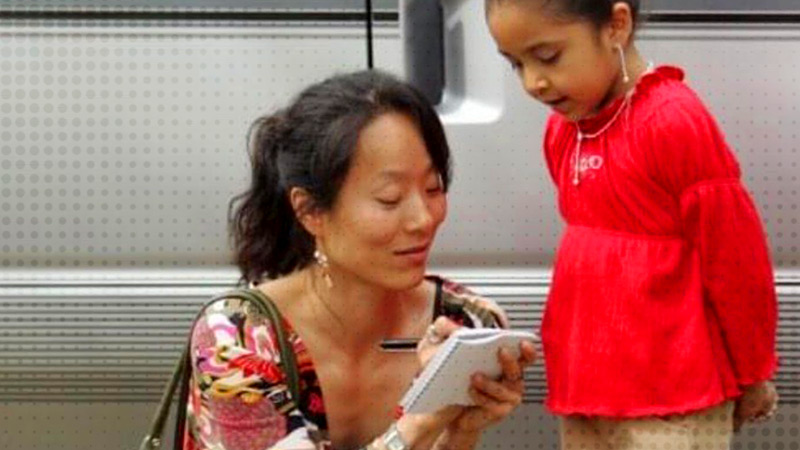Experiential marketing entails creating a unique experience for the audience—one in which individuals can engage rather than simply consume content through a traditional medium.
Experiential marketing exists within the 4D space, meaning audiences can interact with a product or brand with all their senses. Brands have utilized experiential marketing (sometimes called engagement marketing) for decades, but like most things, yesterday’s innovations become today’s relics.
In today’s innovative landscape of digital technologies, what does experiential marketing look like, does it still work, and is it here to stay?

What does experiential marketing look like when it works?
The most common forms of experiential marketing we see today are event marketing, guerilla marketing, and pop-up shops. The industries that use these tactics often are consumer packaged goods, skincare and beauty, entertainment, and food and beverage, though experiential marketing has shown value across many other industries as well.
Brand perceptions shifted for Payless.
Payless shoes went viral in 2018 for what appears to be a provocative social experiment but is, in essence, a powerful example of experiential marketing. The discount shoe retailer partnered with a creative agency to design a fake luxury shoe store called “Palessi.” They hired a full staff and invited fashion influencers to the grand opening.
Luxury fashion influencers and stylists were willing to pay upwards of $600 for shoes that retailed for $35 because of the belief that the shoes were high-end, designer-brand products. Payless’s immersive experience only reinforced this belief. They hired interior designers to create an upscale store with marble flooring, black walls, high-end lighting and props such as lion statues and mannequins. The store could be compared to modern luxury designer brands like Versace and Balenciaga. The campaign’s goal was to appeal to people who previously did not shop at Payless because of the stigma the brand faced. Thanks to the strong execution of the idea, the Palessi campaign went viral. It garnered more than 5 million views across the internet and attracted national attention from the press.
The takeaway: There is power in perception. Do something dramatic and shake up your marketing strategy. You will have a better chance of seeing a dramatic shift in your results.
Smiling went a long way for Smile.
Major motion picture Smile also found success with experiential marketing. Smile is a horror/psychological thriller about a woman who encounters people who bear a menacing smile while being possessed by an evil entity. Prior to the film’s theatrical premiere, Paramount hired “smilers” to infiltrate large public events such as The Today Show and MLB games. Smilers would be seen standing in large crowds with an alarming demeanor and malicious smile while wearing a bright neon shirt with the film’s title logo.
Patrons at these events recorded the eerie sights and shared them across social media, exponentially expanding the marketing campaign’s reach. The shock factor, doubled with the virality of the campaign, contributed to Smile grossing $200 million at the global box office.
The takeaway: Smile‘s success demonstrates that executing bold experiential marketing tactics can be rewarding. Be intentional, innovative and thought-provoking. These efforts will make your brand memorable for years to come.
Mastercard appeals to all five senses.
The majority of marketing campaigns are exclusively visual. Mastercard, on the other hand, wanted their brand to come to mind as quickly as possible, whichever sense they evoked. In their research, they found that sound, smell and even taste can jump-start powerful emotional responses in their audiences—responses that will be engrossing and even unforgettable.
Although Mastercard is part of an industry that has traditionally been more conservative in its marketing approach, the brand has focused heavily on offering a multisensory experience for its customers in line with its research. For instance, Mastercard released its own brand taste (in the form of macarons). The idea is that through taste it causes audiences to always think of Mastercard when they encounter a specific taste. Additionally, Mastercard released two different scents as part of its Priceless campaign in addition to its bright, distinctive sonic identity.
Mastercard’s entire marketing philosophy has transformed into being a multisensory experience. The brand’s efforts across sound, taste, smell and touch allowed Mastercard to join the exclusive club of brands that are recognized without their name even being mentioned. Mastercard has seen strong success in conjunction with these multisensory campaigns, including net revenue growth of 15% in just one quarter.
The takeaway: In a market that is oversaturated, it is crucial that brands fight to stand apart from the noise. Go beyond sight. Take the time to do some discovery and figure out how to captivate most, if not all of the five senses.

What does it look like when experiential marketing doesn’t work?
Experiential marketing gives brands the opportunity to create memorable experiences and unique associations for consumers. However, in the act of trying to go big or go home, brands may miss the mark on their well-intended ideas.
Amazon went big, but also went home.
Parallel to Smile, which had great success with its approach to experiential marketing, consider the Amazon 2015 original series Man in the High Castle. The Amazon original is a dystopian series that depicts 20th-century America in an alternate reality where the Axis powers won WWII. Consequently, the US was divided into three parts, an area controlled by Japan, a Nazi-controlled section, and a buffer zone in between.
In an effort to create an immersive experience promoting the series, the producers covered New York subways with modified versions of both the Nazi coat of arms and the rising sun flag of Imperial Japan. Residents of New York City were deeply offended, and New York’s Governor asked that the set be taken down. While bad press before the premiere of a new series doesn’t always lead to poor performance, the show faced several loud cries for boycotts after this poorly planned marketing campaign.
The takeaway: Sometimes going big can make you go home. When delivering a shock factor, make sure it’s the good kind of shock so that you don’t potentially offend viewers.
Instagram left people wondering if it was worth the wait.
Instagram similarly dropped the ball on what was a well-intended attempt to engage live audiences. Instagram set up an eye-catching prismatic glass shell at the Cannes Lions International Festival of Creativity to celebrate Pride, creativity and diversity. Inside the glass shell, visitors could experience Instagram’s take on how prisms split white light into an array of colors. Although the idea sounds breathtaking on paper, the actual experience reflected a single small rainbow in one corner of the room.
Needless to say, this left people wanting. The result may have been memorable, but not in the way Instagram predicted.
The takeaway: Brands can be memorable for doing a lot or not enough. Be sure to deliver the experience your followers deserve so as not to be a victim of the latter.

Using experiential marketing in your marketing mix.
Experiential marketing is already a powerful tactic, but imagine the capabilities when leveraged with other strategies in your marketing mix. During the COVID-19 pandemic, brands still found an array of possibilities for getting their message across even when in-person interactions were heavily limited. Recent innovations in social media and digital platforms have also changed the landscape of how brands can create experiences with audiences.
Social media and experiential marketing make for a great pair. Consider Ben & Jerry’s Tweet, the Truck campaign. The popular ice cream brand offered free samples in New York and other large U.S. metropolitan areas to promote its newest ice cream flavor. What made their campaign unique is that, rather than offering free samples in one concentrated area, they prompted fans to tell the brand where the ice cream truck should go. As a result, Ben & Jerry’s gained national exposure via social media and other news outlets. This campaign was the perfect mix of using social media to broaden the audience for an experience that was already engaging and memorable.
The convergence of experiential tactics with augmented and virtual reality experiences has similarly allowed brands to immerse consumers during their buying journey. Warby Parker became popular for its AR try-on feature in its app. Users can virtually try on pairs of Warby Parker glasses wherever they are. The technology provides a lifelike visual of how the glasses will look to the user before purchasing, allowing them to make a more informed decision. This also reduces the likelihood of returns due to dissatisfaction with the design.

Conclusion
Experiential marketing is here to stay. But for brands to be memorable, they must think audience-first. Consumers have shifted their mindsets from “What product should I buy and why?” to “What can this brand do for me?” Everyone is fighting for attention, but in an oversaturated market of new products and new tactics, brands must be innovative to truly capture attention and affinity.
So, where do we start? Take a high-level view of what you are trying to share with your audience (not just tell them) and think of how you can do that in a way that makes your product, service and brand memorable. Focus on space for engagement, such as how AR and VR allow brands to make immersive experiences more accessible.
If we have learned anything from the pandemic, it is that people crave connection—which is where interactive tactics like experiential marketing can truly shine.



